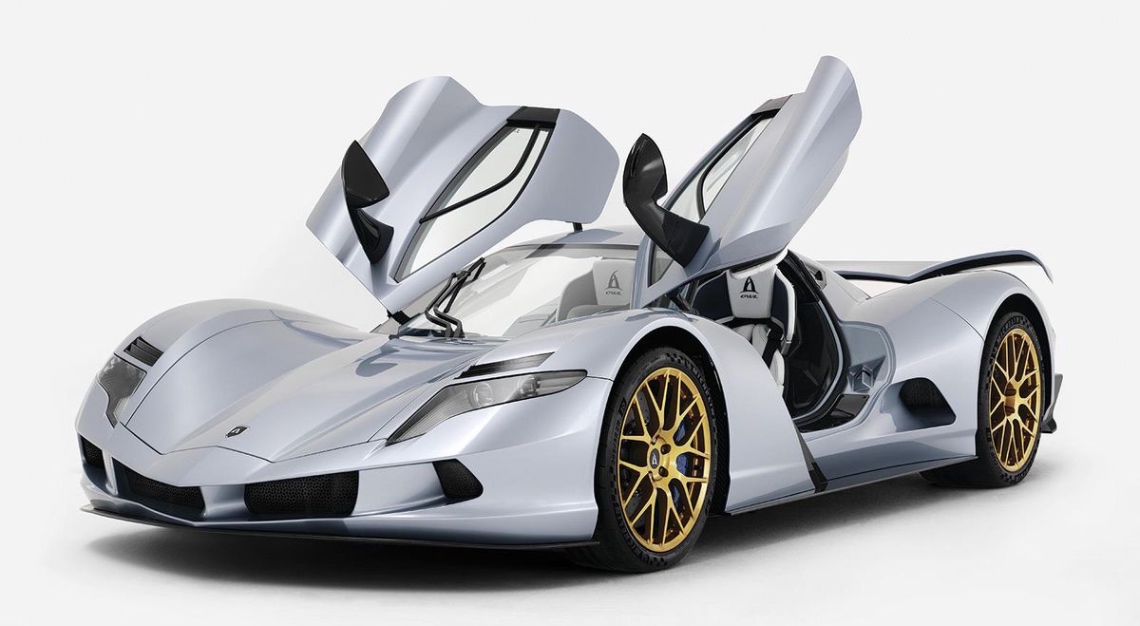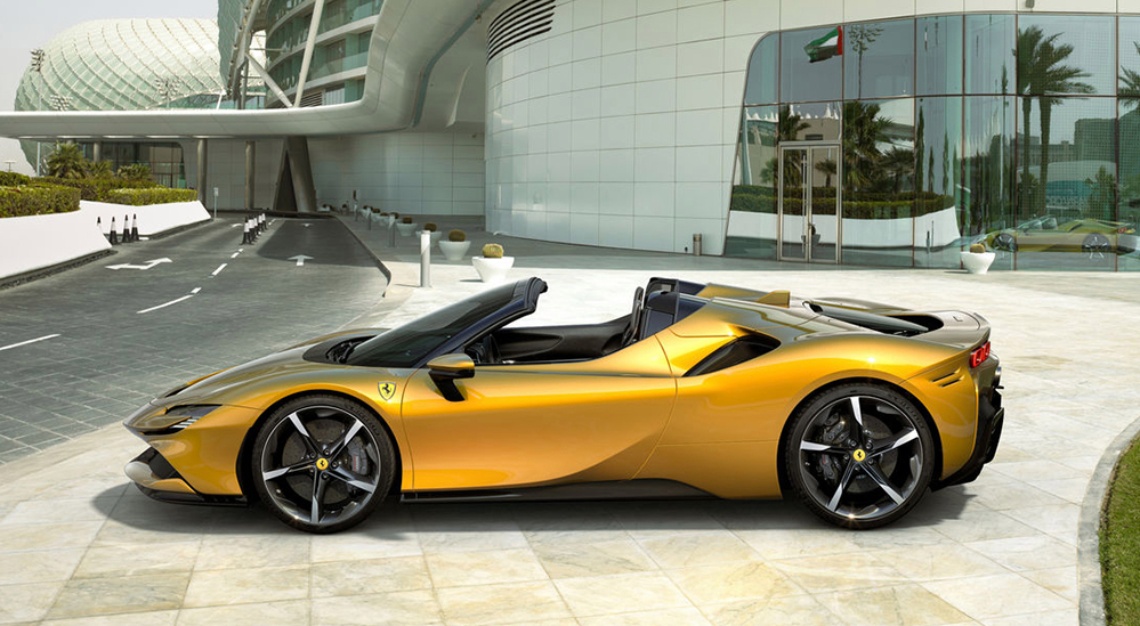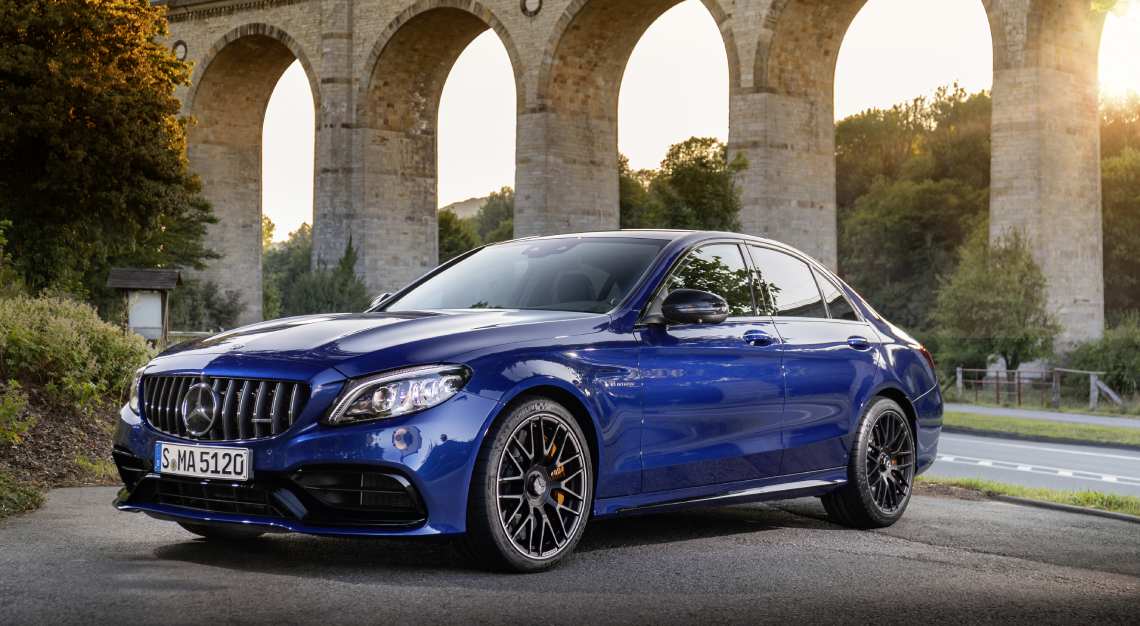Robb Report’s automotive editor took the Italian marque’s first production car for a spin. Here’s how it went
At a dead stop under a cloudy sky, I reposition my hands on the steering wheel and ensure the proper bend of the elbows, oblivious to whether or not I’m breathing. Focus, instead, is on projecting a confident nonchalance to the engineer in the passenger seat, but it’s a struggle. Tom Petty was right—the waiting is the hardest part. “All clear,” crackles the walkie-talkie communiqué from the spotter ahead, and with Pavlovian response, my right foot meets the floor and the all-electric, 1,900 hp Pininfarina Battista feels like it might warp physics in its attempt to cover zero to 100 km/hr in 1.79 seconds.
The rollout of Pininfarina’s first solo production vehicle in its 93-year history, however, has been quite a bit slower. After Battista “Pinin” Farina launched his eponymous carrozzeria in 1930, it quickly gained renown for collaborations with the likes of Maserati, Alfa Romeo, and, most notably, Ferrari—all wanting to have their models dressed in the atelier’s patrician bodywork, which looked like it had been sculpted by the wind and came to define the golden age of motorsport. And while most coachbuilders shuttered when growing postwar demand increased automation, Pininfarina persevered all the way into the EV era, though now owned by India’s Mahindra Group and divided into a commercial design house and the nascent automaker responsible for the controlled fury I’m currently piloting.
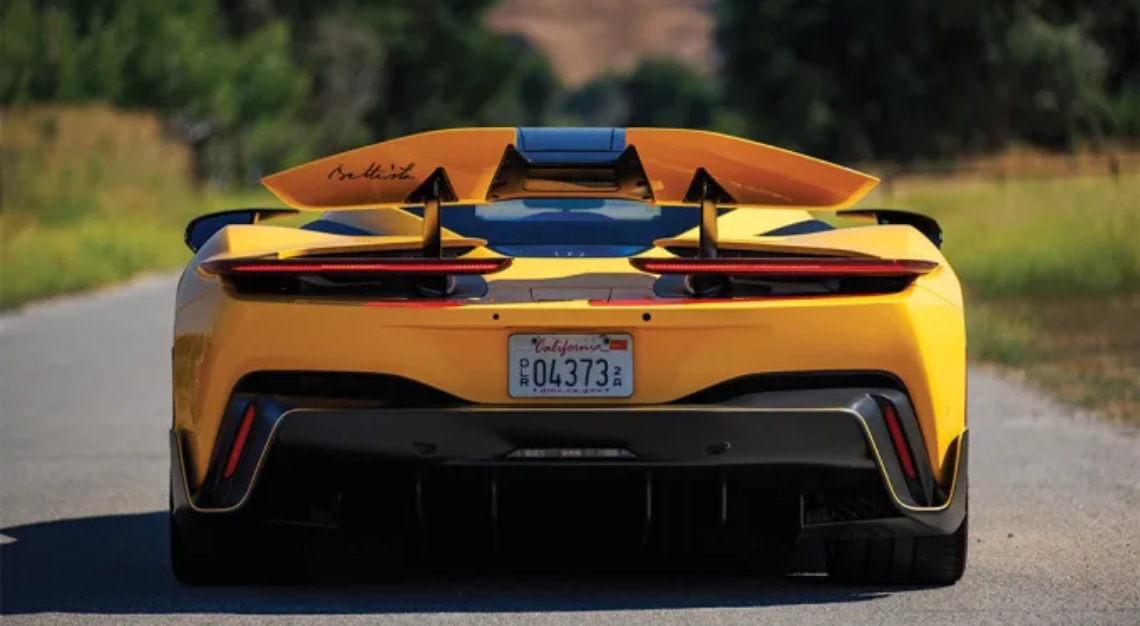
Considering the approximately US$2.4 million entry point for the Battista, of which only 150 will be made, I’m initially underwhelmed when climbing into the cockpit despite vibrant yellow contrast stitching set against the geometrically patterned upholstery. The steering wheel’s controls, the two 10.3-inch touchscreen displays on either side, the small telemetry screen in front, and the two selector knobs below constitute the entirety of the dash instrumentation.
Yet that same minimalism is welcomed once underway on this straight canyon artery in Southern California’s Santa Monica Mountains, as there’s little to distract from the seamless detonation of power delivered by the Battista’s quartet of independent electric motors—each placed at a wheel and together enabling a top speed of over 349 km/hr—and the 120 kWh lithium-ion battery. The latter can be replenished from 20 to 80 percent in 25 minutes and allows for a 482-km range—although the chance of reaching anything close to that is ludicrous when in Energica or Furiosa, the two most aggressive drive modes of the five that include Calma, Pura, and the customisable Carattere.
Although each of the dynamic settings varies the output’s composed soundtrack, I barely perceive the subtle song over the bombardment of gravel against the low-slung coupe’s undercarriage as the 20-inch forged-aluminium wheels, shod in custom Michelin Pilot Sport Cup 2R rubber, explore the edges of the road. The all-wheel-drive machine, with double-wishbone suspension and semi-active dampers, makes it easy to get in sync with the turns, thanks to its combination of surgically precise steering, grip-bolstering torque vectoring, and requisite suite of stability controls.
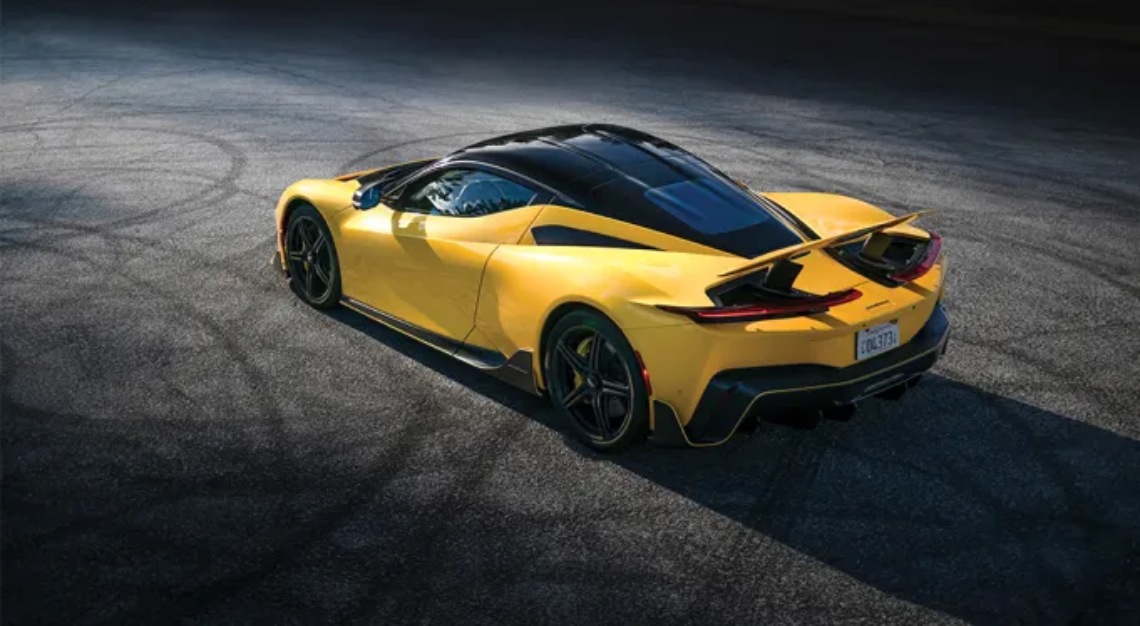
As for the regenerative braking, it can be adjusted to taste and terrain, although it never seems overly intrusive. More noticeable is the impact of the active aero, specifically the rear wing, which contributes up to 250 kg of downforce during another sprint, then becomes an air brake when it’s time to quickly shed speed. Working in concert are Brembo’s six-piston carbon-ceramic stoppers that can bring the 2,380-km Battista to a standstill from 100 km/hr in 30m—impressive, but still about 1.8m more than required by the 1,914 hp Rimac Nevera.
Collaboration is still a hallmark of Pininfarina, and much of the Battista’s rarefied foundation is shared by the Nevera. “The rolling chassis is a codevelopment that we started five years ago with our partner Rimac,” says Paolo Dellachà, CEO of Automobili Pininfarina. “Many of the systems are common, although tuned specifically for us.”
The real differentiator from other zero-emissions monsters is design. The Battista, built on a carbon-fibre monocoque chassis draped in yet more carbon fibre, eschews excessive creases and exaggerated ducts, instead presenting a fluid, brushstroke aesthetic that traces back to Pininfarina’s original coachwork and hints at classics such as the 1947 Cisitalia 202.
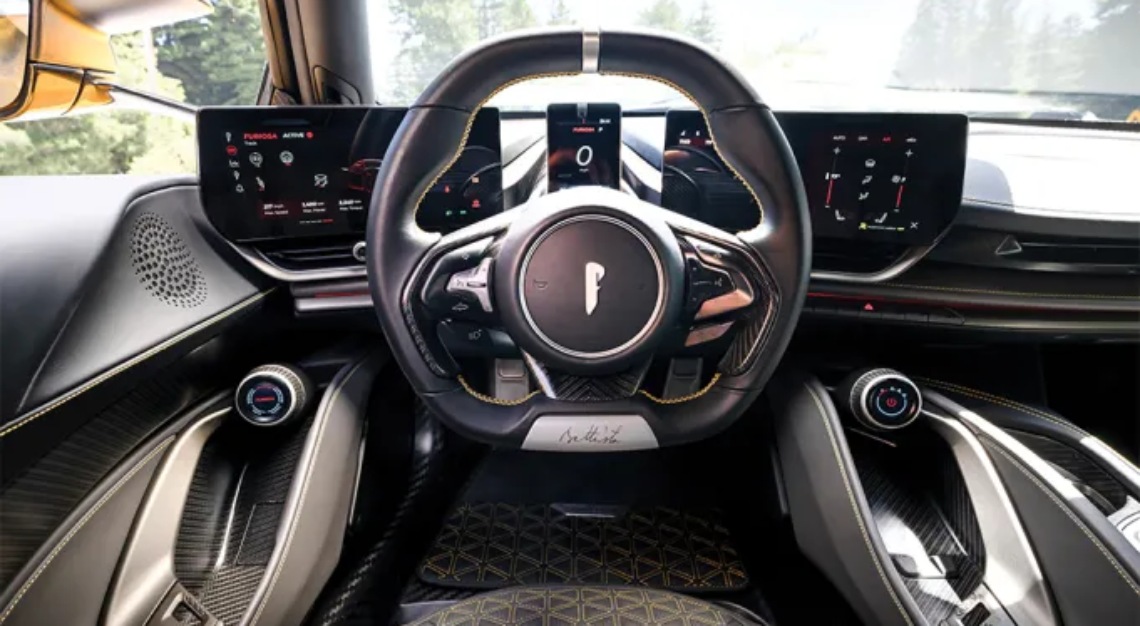
Interestingly, while mass-produced economy models are becoming visually homogenous, the burgeoning EV-hypercar field runs the same risk when it comes to mind-bending drive dynamics. (Though would anyone complain?) For that reason alone, Pininfarina may be better positioned than most in the exclusive market due to its name recognition, stylistic legacy, and uninterrupted ties back to some of the most romantic and beautiful eras in automotive history.
To that point, a preproduction version of the Battista already garnered the Design Award from judges at the 2021 Concorso d’Eleganza Villa d’Este, and in August, Dellachà and team debuted the B95 roadster (in terms of competitive set, think McLaren Elva and Lamborghini SC20) based on the Battista platform and limited to only 10 examples, each starting at around US$4.8 million. The accolade and recent unveiling validate the fact that just because there’s a paradigm shift in power trains doesn’t mean our collective breath can’t be taken away. That, of course, was the primary concern of Battista Farina himself, who famously said, “Above all, it must be beautiful.”

